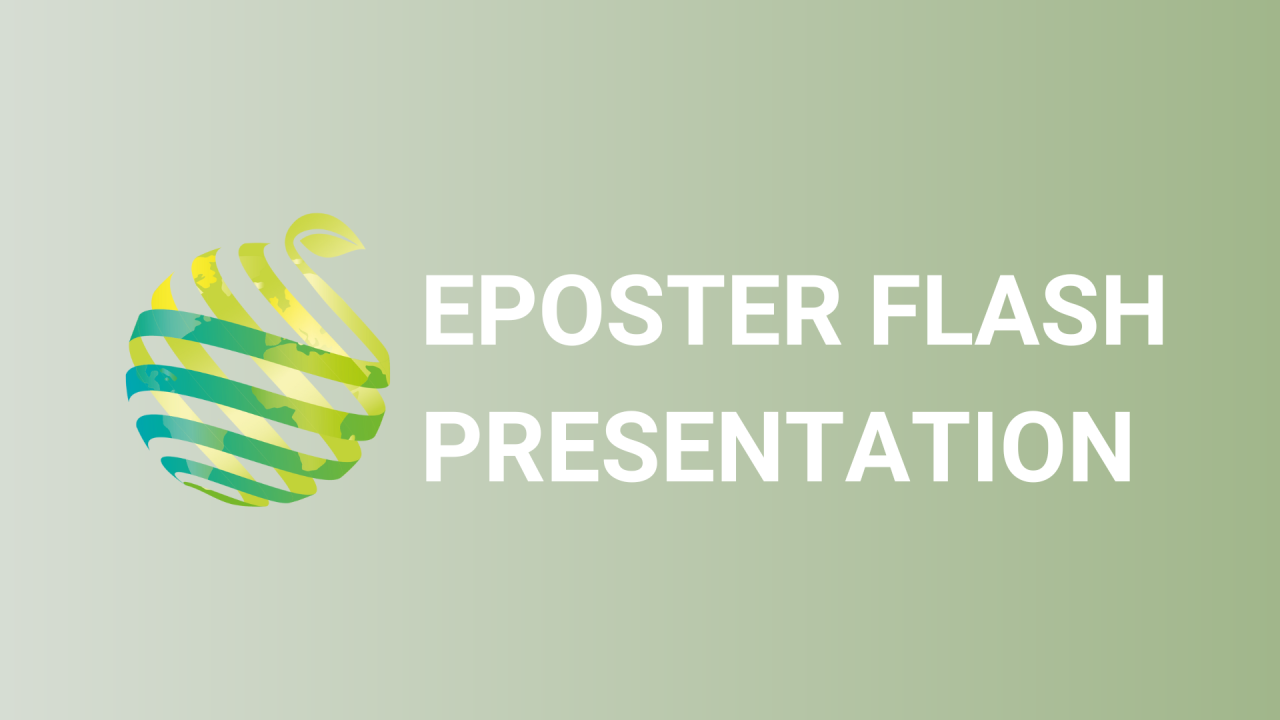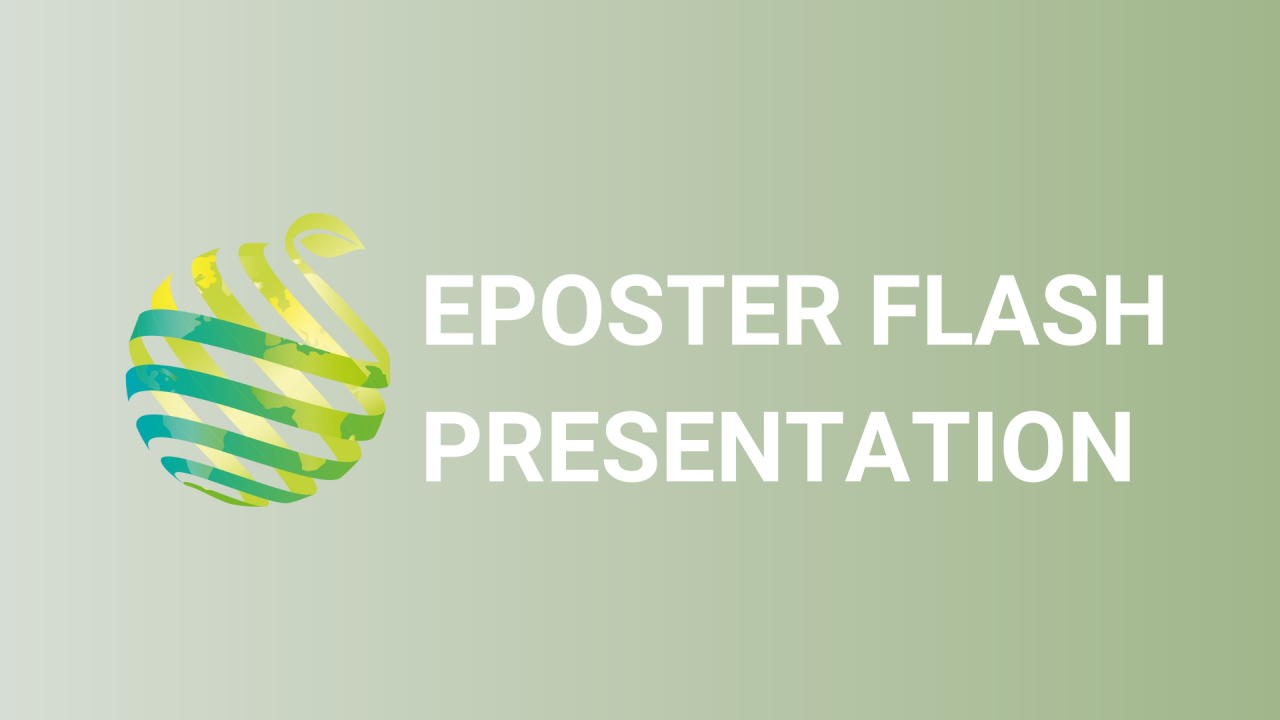

S06 - Session P12 - Microscale vegetable production through microgreens: genotype, spectral bandwidth and substrate implications for growth and quality
Information
Authors: Youssef Rouphael *, Marios C. Kyriacou, Christophe El-Nakhel, Stefania De Pascale
Microgreens constitute a novel type of functional food crop adaptable to microscale production of leafy vegetables and herbs that impart nutritional value to the human diet and upgrade gastronomic experience. Genotype selection, light management and type of substrate constitute key factors impacting microgreens' growth, sensory quality and phytochemical content. The current work examined microgreens compositional variation across genotypes of the Brassicaceae, Chenopodiaceae, Lamiaceae, Malvaceae and Apiaceae grown in controlled environment. Wide genotypic differences in macrominerals, chlorophyll and carotenoid concentrations were identified and nitrate hyper-accumulator species were discerned. Brassicaceous microgreens excelled in antioxidant capacity and Lamiaceae microgreens in phenolic content. Furthermore, response to different spectral bandwidths (red, blue, blue-red) of amaranth, cress, mizuna and purslane microgreens was evaluated in perspective of future design of crop-specific spectral management systems. Growth parameters were most favoured by blue-red light, whereas nitrate accumulation was highest under monochromatic light, possibly reflecting nitrite reductase's dependency on PSI activity. Mineral composition was largely genotype-dependent. Lutein, β-carotene and lipophilic antioxidant capacity were generally increased under blue-red light. The pronounced effectiveness of monochromatic blue light in eliciting synthesis of flavonoids could be linked to their capacity for absorbing shorter wavelengths thereby quenching generated photo-oxidation potential. Finally, five substrates (agave fiber, capillary mat, cellulose sponge, coconut fiber and peat moss) were assessed for their effects on the nutritional and phytochemical composition of coriander, kohlrabi and pak choi microgreens. The fastest growth and highest fresh yield, macro-minerals and nitrate contents were obtained in microgreens grown on peat moss. Total polyphenols content did not differ according to substrate despite differences in particular phenolic components, of which chlorogenic acid and rutin were the most abundant. The current work demonstrates how selected genetic background combined with effective light management and optimal substrate material can facilitate efficient production of superior quality microgreens.